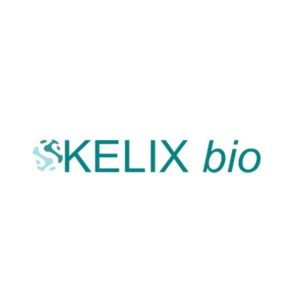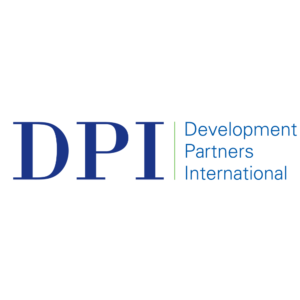WEF: There is a way to invest profitably – and help save the world
By Runa Alam, DPI Co-founding Partner and Chief Executive Officer
- Meeting the SDGs can’t just be left to the UN or other such international bodies, it requires the private sector too.
- The private sector’s capital amounts to between $100 trillion and $300 trillion: imagine if only a fraction of that were put to work in a way that supports and advances SDGs.
- The 1% SDG Club advocates for 1% of global private sector capital to be put towards investments that will directly promote SDGs, which would translate into $3 trillion a year.
How do you solve a problem like global hunger now made worse by the COVID-19 pandemic? Or gender and other inequality highlighted by the “Me Too” and “Black Lives Matter” movements? Or climate change and its impact on everyday lives through extreme weather?
These enormous challenges – the subject of the UN’s 2030 Agenda for Sustainable Development Agenda – won’t be met by little wins. Or with small change.
But does that mean we cannot strive for this “shared blueprint for peace and prosperity for people and the planet, now and into the future”? No, it certainly does not.
Interconnected goals
At the heart of the Agenda’s core are the 17 Sustainable Development Goals (SDGs) to promote global equity, development and opportunity, whilst reducing mass poverty, deprivation and inequality.

These goals are interconnected. You can’t have one, if someone else is working against another. And working towards one goal can help progress with achieving another.
But these aims require a global partnership if they are to succeed. We need all nations to be united in order to achieve a more equitable and sustainable future for all. Which is where the private sector has a job to do, because meeting the SDGs can’t just be left to the UN or other such international bodies.
The private sector’s capital amounts to something between $100 trillion and $300 trillion. Imagine if only a fraction of that were put to work in a way that supports and advances SDGs.
If private sector investors were to back companies that were dedicated to having women strongly represented at senior levels in management, imagine the impact that would have on promoting gender equality in the workplace around the world.
Again, if private sector investors were to back companies that only used environmentally sustainable methods of producing energy, imagine how much progress could be made towards the goal of “access to affordable, reliable, sustainable and modern energy for all” – never mind helping to tackle the climate crisis.
And the impact of such investments could be amplified if the companies that attracted investment were in developing economies, where progress on key SDGs is most urgently needed.
It can be done. You can have returns from investments in emerging markets and SDG-aligned impact at the same time. Take two Nigerian fintech start-ups, Flutterwave and Paystack, both SDG-aligned.
Flutterwave, which makes it easier for Africans to build global businesses that can make and accept any payment, was valued at $1 billion last March, when it closed a $170 million funding round. Paystack, which is transforming online and offline payments, was bought by Silicon Valley giant Stripe for more than $200 million in October last year.
Moreover, private equity funds and companies now exist that both provide market returns and impact.
Join the 1% SDG Club
From my vantage point running a leading private equity house that invests across Africa, I can see that interest is clearly developing within the private sector for sustainable development – and investing in ways that both produce significant returns and have positive impacts upon our global future in line with the SDGs. That is investing with the UN SDGs, and to use a more common name: impact investing.
BlackRock, Goldman Sachs, Bain Capital and TCG have all taken “significant steps to integrate impact investing into their asset management offerings” in recent years, according to Rockefeller Philanthropy Advisors.
Why? Because, in addition to the clear ethical benefits of investing in SDG-aligned companies, a strong return on investment can be expected, as well as “philanthropic leverage unattainable through traditional grant-making,” says Rockefeller Philanthropy Advisors.
Just as with traditional investing, impact investing carries risks. For example, Rockefeller Philanthropy Advisors notes that when impact investing in developing economies, “business or non-profit faces the challenge of helping to create infrastructure as well as provide a service.”
This challenge can be mitigated investment in investment groups which take a more hands-on approach with the companies they invest in. They need to work with managements to establish a reliable and sustainable infrastructure for the company to operate in, alongside working with them to deliver returns in a sustainable and impactful manner.
So, here’s a big ask to investors. Join the 1% SDG Club. We – at the World Economic Forum’s Global Future Council on SDG Investment – are advocating for just 1% of global private sector capital to be put towards investments that will directly promote the UN SDGs.
It is estimated that about $3 trillion a year of investments aligned with the SDGs would make a substantial progress in solving the world’s many problems. This is about 1% of the world $300 trillion in privately held wealth.
Original Article: https://www.weforum.org/agenda/2021/09/there-is-a-way-to-invest-profitably-and-help-save-the-world/


